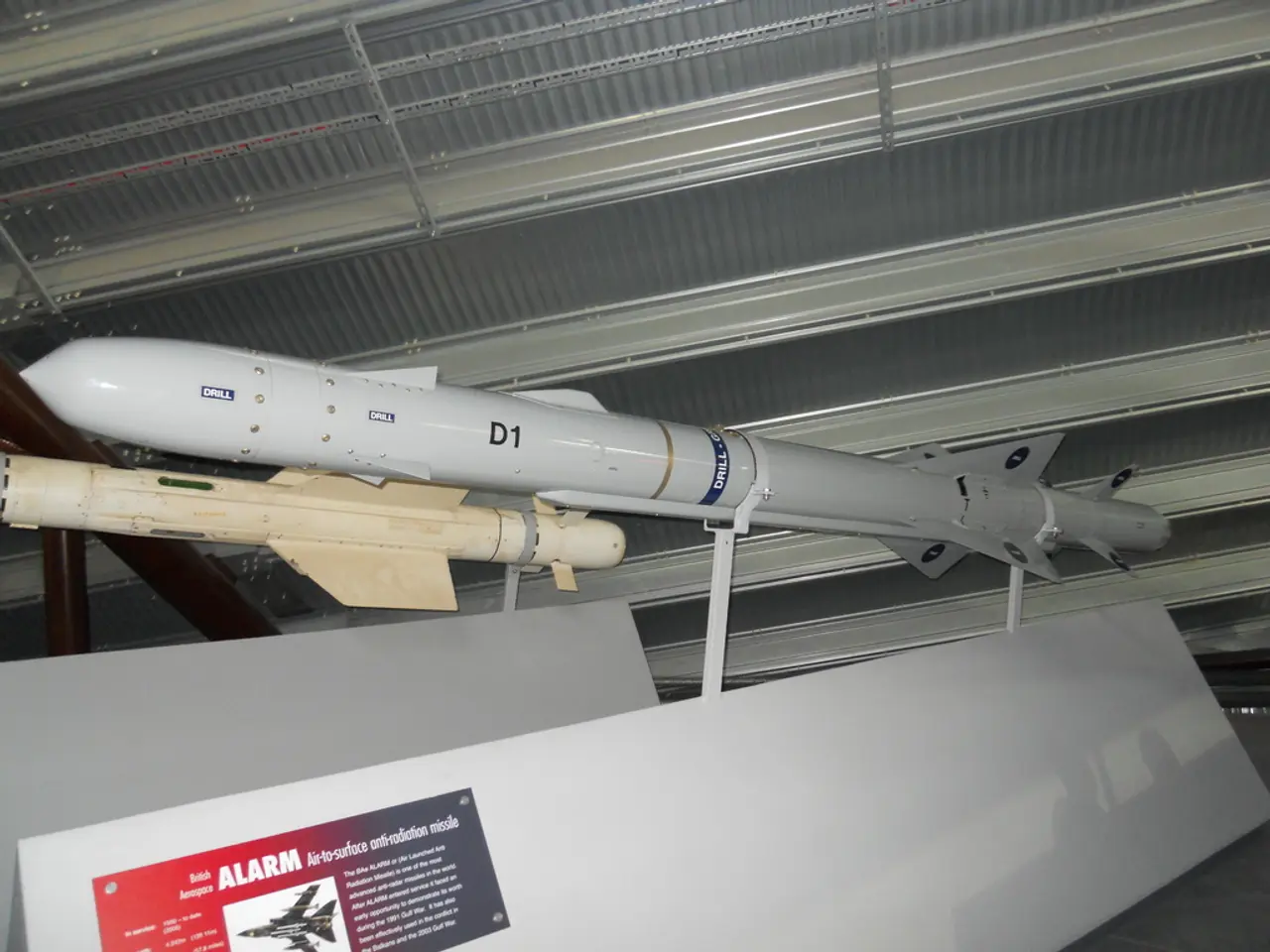US Air Force Shifts F-16 Fighters from Japan to South Korea, Paving the Path for F-35 Deployment
The U.S. Air Force has transferred a batch of F-16 fighter jets from Misawa Air Base in Japan to Osan Air Base in South Korea. This move is part of the Air Force's transition to base F-35s in Japan and bolsters the capabilities of the 51st Fighter Wing at Osan Air Base.
The F-16s being transferred are part of the U.S. Department of Defense's planned modernization of tactical aircraft in Japan. They come equipped with advanced capabilities, including a new active electronically scanned array radar, a center display, and more.
The F-16s being replaced at Misawa Air Base will be replaced by F-35s, scheduled to arrive next spring. This divestment is a significant enhancement to the U.S. commitment to maintaining air superiority in the Indo-Pacific region.
The F-16s from Misawa Air Base are being transferred to Osan Air Base, which is located about 50 miles from the border with North Korea and 250 miles across the Yellow Sea from China. This transfer enhances the capabilities of the 51st Fighter Wing at Osan Air Base, ensuring peace and stability on the Korean Peninsula.
It is worth noting that the transfer of F-16s from Misawa is distinct from the Super Squadron test. Earlier this year, the 7th Air Force expanded and extended the "Super Squadron" test, sending an extra 31 fighters to Osan. Last year, the 7th Air Force conducted a "Super Squadron" test by transferring nine F-16s to Osan from Kunsan Air Base.
The F-16s transferred from Misawa Air Base are part of the Post-Block Integration Team (PoBIT) modernization program. This program focuses on upgrading 608 F-16 Block 40 and Block 50 “Post Block” aircraft to extend their operational life and significantly enhance their capabilities into the 2040s.
Key advanced capabilities included in the PoBIT upgrades are new radar systems, upgraded avionics systems, enhanced electronic warfare systems, refined weapon systems accuracy and combat effectiveness, and a Service Life Extension Program (SLEP). These upgrades significantly enhance the multi-role combat capabilities and longevity of the F-16s.
The modernization results in F-16s approaching capabilities similar to fifth-generation fighters in avionics and survivability, thus improving combat readiness and operational flexibility without the immediate need for new aircraft.
Meanwhile, Misawa Air Base is being transformed into a dedicated F-35 base. This transition underscores the U.S. commitment to strengthening alliances in the region. The forthcoming F-35 arrival at Misawa represents a significant enhancement to the capabilities of the 35th Fighter Wing.
In the interim, the Air Force plans to rotate fighters through Misawa to bridge the gap between the departure of the F-16s and the arrival of the F-35s. The new F-16s provide pilots with greater spatial awareness and a clearer view of the battlefield.
References:
[1] https://www.airforcemag.com/dr-mark-wade-the-f-16s-future-is-bright/ [2] https://www.airforcemag.com/the-f-16s-future-is-bright-part-2/ [3] https://www.airforcemag.com/the-f-16s-future-is-bright-part-3/ [4] https://www.airforcemag.com/the-f-16s-future-is-bright-part-4/
- The U.S. Department of Defense (DOD) has plans to modernize tactical aircraft in Japan, which includes the transfer of F-16 fighter jets from Misawa Air Base.
- The Space Force, a newly established branch of the DOD, is focusing on expanding military operations into space.
- The aerospace industry is closely watching the changes happening within the DOD, as they could impact the finance and overall development of aircraft.
- F-35s, fifth-generation fighter jets, are scheduled to replace F-16s at Misawa Air Base in Japan, enhancing the U.S. commitment to maintaining air superiority in the Indo-Pacific region.
- As part of the Post-Block Integration Team (PoBIT) modernization program, F-16 aircraft are being upgraded with advanced radar, avionics, electronic warfare, weapon, and life extension systems, improving their capabilities and longevity.







